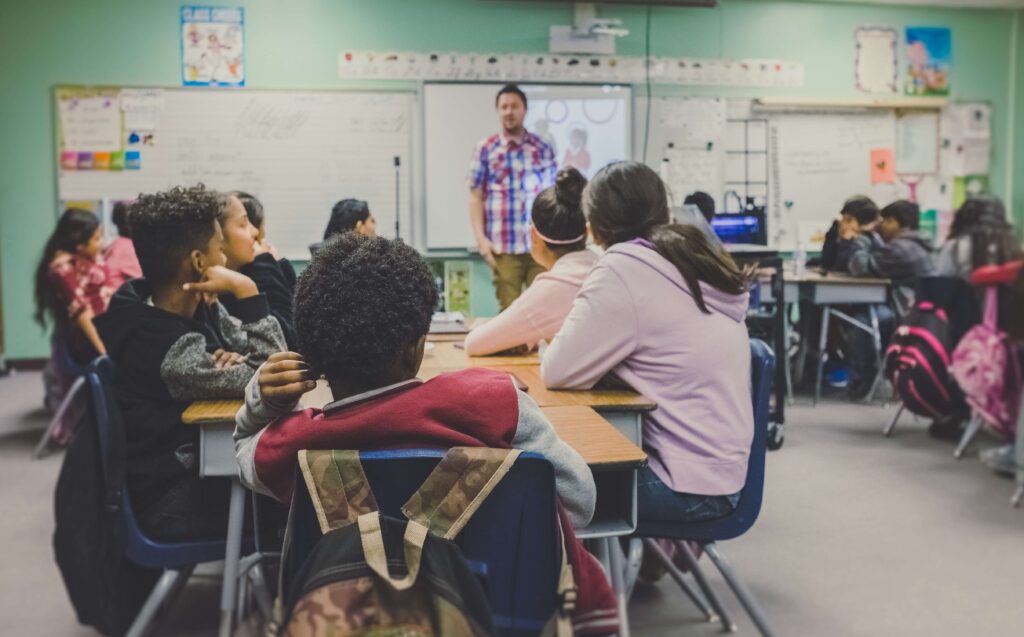India is a country with a rich history and culture, but its education system is often criticized. In this article, we’ll take a look at some of the problems with Indian education and see if there’s anything you can do to improve your odds of getting a great education in India.
India’s Education System
India is often touted as one of the most successful democracies in the world, but its educational system is widely considered to be flawed. The country has been ranked 130th out of 177 countries in the World Press Freedom Index, and it ranks poorly in terms of literacy and education indicators. The Indian education system is often criticized for being rigid, elitist, and focused on rote learning rather than creativity and critical thinking. It is also said to be insufficiently prepares students for jobs in a rapidly evolving economy. In addition, there are concerns that the system is biased against girls and minorities.
Problems with India’s Education System
There are a number of problems with India’s education system that need to be addressed. The country has one of the lowest literacy rates in the world, and a large number of students do not have access to quality education. Additionally, the curriculum is outdated and does not reflect the latest developments in science and technology. This results in students being ill-equipped to compete in a global economy.
Solutions to India’s Education System Issues
There are a number of major issues with India’s education system, which have led to low academic achievement levels and widespread poverty. The country has one of the lowest literacy rates in the world, and only about a third of students attend school regularly. This has resulted in a large pool of uneducated citizens who are unable to find jobs in the formal economy. Additionally, India’s educational system is plagued by discrimination against girls and poor infrastructure. This has led to a shortage of teachers and classrooms, which in turn has hindered students’ learning opportunities. To rectify these problems, India’s government must invest more money into its schools, provide more scholarships for students from disadvantaged backgrounds, and create stronger gender parity policies.
Conclusion
There is a lot of talk these days about the Indian education system being in a critical state and needing to be revamped. Some people feel that Indian schools are not up to the task of churning out young minds with the necessary skills for today’s world. Others say that, despite some shortcomings, the system does produce good citizens who generally do well in life. It is difficult to make an objective judgement on this topic because there are so many factors at play India’s rich culture, its diverse population, and even the way children are taught in different parts of the country all contribute. However, if you are looking for an educated person who can speak English fluently and has a positive attitude towards learning and working hard, then an Indian education might be perfect for you!
